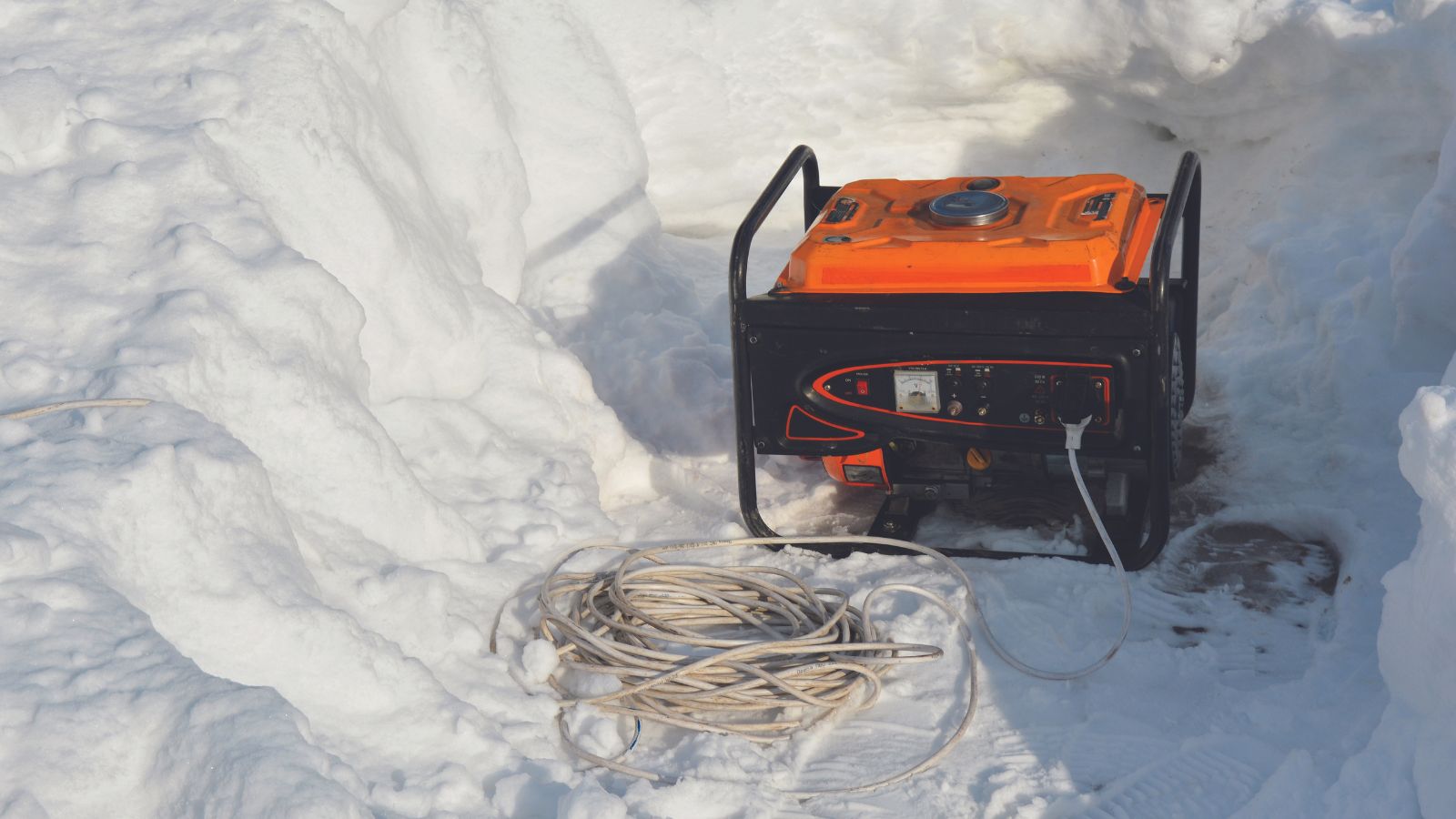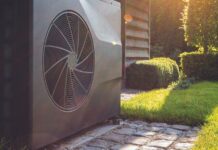When winter’s winds begin to blow each year, they bring with them the chilling thought of power outages.
While PIE&G crews always work as quickly as they safely can to restore power following a storm, for some people, making the investment in a generator that can keep the lights on and some appliances running until electric service is restored is reassuring. For less than $1,000, a portable generator can provide just enough power to keep some essentials running. For a more sizable investment, a standby generator can automatically turn on to provide nearly all your home’s electric needs until electric service can be restored.
While having a generator can be a blessing in a power outage, it’s important to be aware of several essential safety considerations ahead of time. It could be a matter of life and death.
Here are the top-five safety considerations to keep in mind regarding generator use during a power outage.
1Don’t Do it Yourself
Do not connect a portable generator yourself to your home wiring. Hire a licensed electrician to install a transfer switch safely. Although meter bases equipped with a built-in transfer switch can be purchased from Presque Isle Electric & Gas Coop, PIE&G does not install transfer switches or meter bases. Contact a licensed electrical contractor for installation. Contact us for more information about meter base transfer switches.
2Electric Shock Risk to Lineworkers or Others
If not properly isolated from the outside electrical grid by a transfer switch, electricity from a generator connected to a home’s wiring system can flow back into the power lines, endangering the lives of those working to restore your power. Downed power lines can become energized, endangering family members and neighbors nearby. Always assume a downed power line is energized and keep clear.
3Damage to Home Appliances and Home Electronics
Another good reason to make sure a transfer switch is installed and used when your home’s generator is operating is that serious electrical damage could result to electronics and appliances in your home if power from the generator and PIE&G both flow into your home at the same time.
4Fire Risk
Especially for portable models, be sure not to overload a generator. This can lead to overheating and poses a fire hazard. Also, do not refuel the generator until it has cooled off. If you don’t wait, you could cause an explosion.
5Beware of Deadly Carbon Monoxide Poisoning
Again, this warning is mainly directed at portable generator models. Operate the generator outdoors and protect it from rain and other moisture. Invest in a nonflammable cover to keep it dry. The generator should be at least 25 feet away from the house and doors, windows, and vents. Operating a generator in a garage can result in the buildup of deadly carbon monoxide. If you have a generator, please contact PIE&G at 800-423-6634 to let us know so we can add a note to your account.






